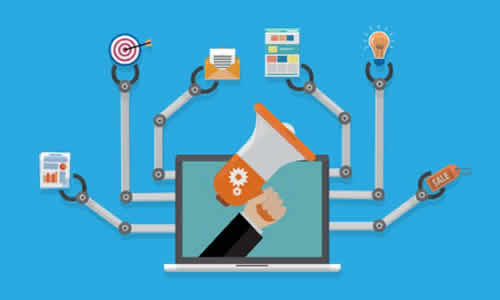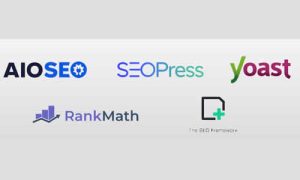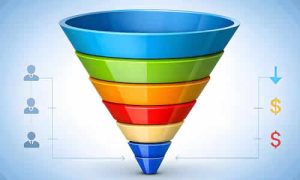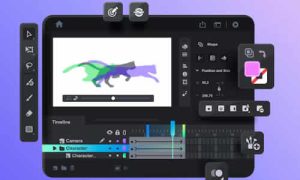Marketing automation is a strategy that has gained prominence in recent years, and its importance for businesses cannot be underestimated. With the growth of competition and the need for personalization, automation tools have become essential for optimizing processes and increasing efficiency.
What is Marketing Automation?
Marketing automation refers to the use of software to automate repetitive marketing tasks. This includes sending emails, posting on social media, and segmenting leads. With automation, companies can focus on more creative strategies and less on administrative tasks.
Benefits of Marketing Automation
Implementing marketing automation brings a series of significant benefits for businesses:
- Increased Efficiency: By automating repetitive tasks, your team can focus on more strategic activities. This not only improves productivity but also reduces the risk of human error.
- Personalization at Scale: Automation allows you to send personalized messages to different segments of your audience. This means you can tailor your communications based on customer preferences and behaviors, increasing the chances of conversion.
- Real-Time Data Analysis: With automation tools, you can monitor the performance of your campaigns in real-time. This makes it easier to identify which strategies are working and which need adjustment.
- Better Lead Management: Automation helps nurture leads throughout the sales funnel. You can send relevant and timely content, guiding leads toward conversion.
How to Implement Marketing Automation
To make the most of marketing automation, consider the following steps:
- Choose the Right Tool: There are various automation tools available, such as HubSpot, Mailchimp, and ActiveCampaign. Choose one that meets the specific needs of your business.
- Define Your Goals: Before implementing automation, it’s crucial to be clear about what you want to achieve. This may include increasing conversion rates, improving engagement, or reducing time spent on manual tasks.
- Create Workflows: Develop automated workflows that guide leads through the sales funnel. This may include email sequences, follow-up reminders, and personalized offers.
- Monitor and Adjust: After implementation, monitor the performance of your campaigns. Use collected data to adjust your strategies and continually improve your results.
The Future of Marketing Automation
As technology advances, marketing automation will become even more sophisticated. Artificial intelligence and machine learning tools are starting to play an important role, allowing for deeper personalization and more accurate insights into consumer behavior.















